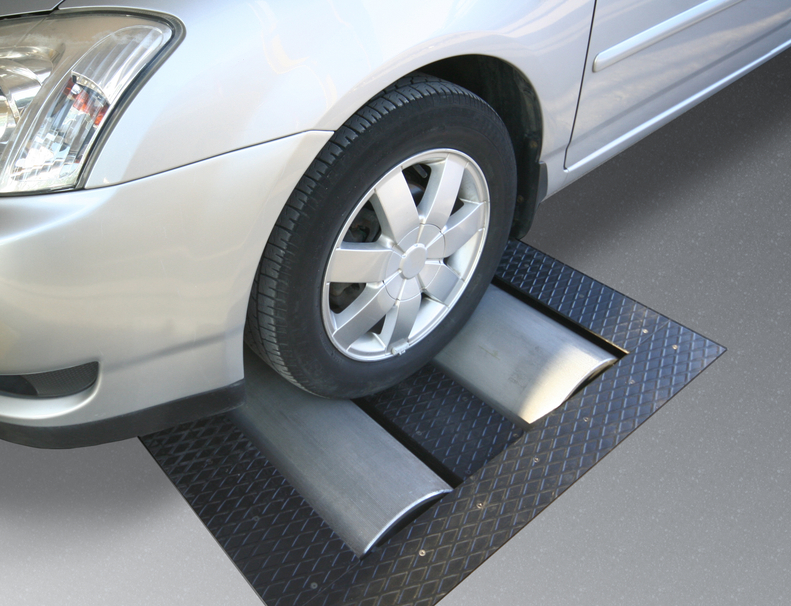
Automotive service advisors act as a bridge between technically oriented mechanics and customers within an automotive service capacity. Acting as a liaison between these two parties, automotive service advisors need to be able to ‘translate’ the technical automotive repair jargon of mechanics into terms that are easy to understand for customers. There is no mechanic to plain English dictionary, so we have compiled four of the most important automotive terms that are used by mechanics to make this translation easier and help you ensure that customers know exactly what their car’s issues are and how to fix them.
If you’re interested in becoming an automotive service advisor, read on to discover four of the most important automotive terms used by mechanics.
1. Service Advisors Should Know the Term ‘Aftermarket’
As an automotive service advisor, aftermarket parts will be the primary type of part provided to clients, so being able to define them and explain their purpose is very important. When mechanics refer to an ‘aftermarket’ part, they mean a part that has been manufactured after the original automotive sale and are parts that are not made by the original equipment manufacturer (OEM) but rather a third party parts manufacturer. When communicating with customers regarding aftermarket parts, keep in mind that sometimes aftermarket parts can actually provide better performance and durability than an OEM part.
2. HEMI Engines are a Favorite Amongst Mechanics and Service Advisors
HEMI engines are built by Chrysler and came to popularity in 1964 due to their high horsepower output. They feature a hemispherical, or dome shaped, combustion chamber instead of the regular ‘flathead’ chamber, which is rectangular shaped. The HEMI design was recently brought out of retirement to become the power plants in new Dodge cars like the new Dodge Challenger, so as an automotive service advisor, you’ll want to know this important term.

3. Automotive Service Advisor Pros Know that a ‘Dyno’ is Not a Dinosaur
A ‘dyno’ or dynamometer is a device that is used to measure the horsepower of an engine. Technically called a ‘chassis dynamometer,’ it features two cylinders which are sunk into the floor and provide just enough space for a car wheel to sit between. When the car wheel begins to spin, the two cylinders spin as well, but the car stays in place. The two cylinders are connected to a measurement device that reads how much power the car produces.

4. Service Advisor Training Will Make You Familiar With ‘Baldinis’
‘Baldinis’ are heavily worn tires with limited tread depth left. Mechanics use a tire tread depth gauge, a miniature hand-held ruler that fits into tire treads, which is inserted into the tread of the tire to measure the life of the tire. Once a tire’s treads are 1.5mm or lower, client’s tires are considered legally bald and may be referred to by mechanics as ‘baldinis.’ When speaking with customers, inform them that they can test their tires at home by sticking a penny into the tire tread. If the queen’s crown is showing, then a client needs to have their tires replaced.
Service advisor training can help you prepare to be a friendly and informed liaison between mechanics and customers.
Contact an advisor today to learn more!
